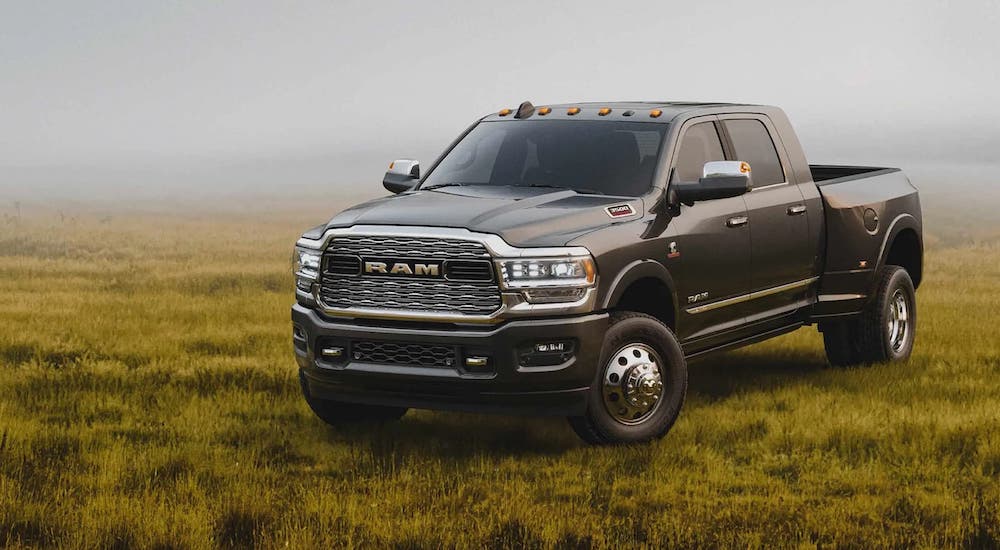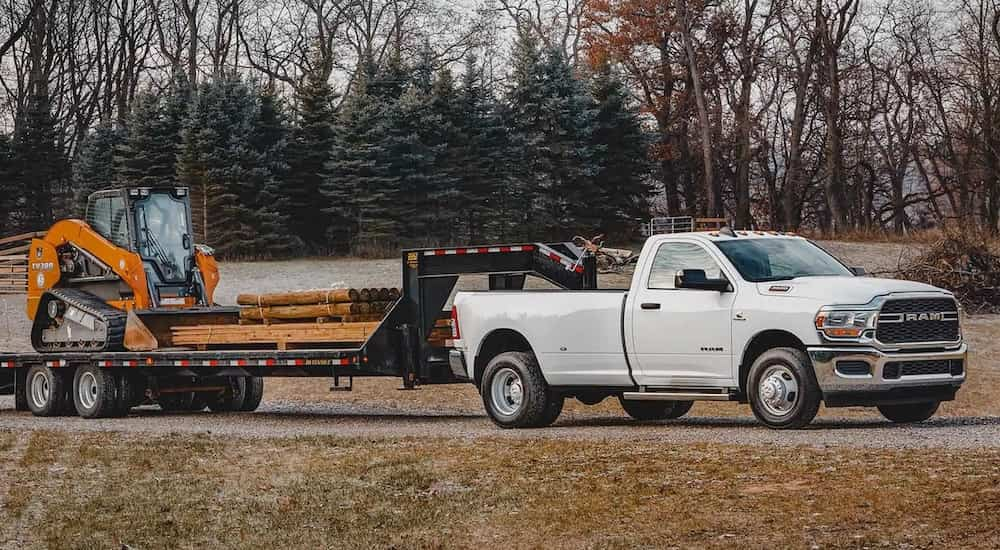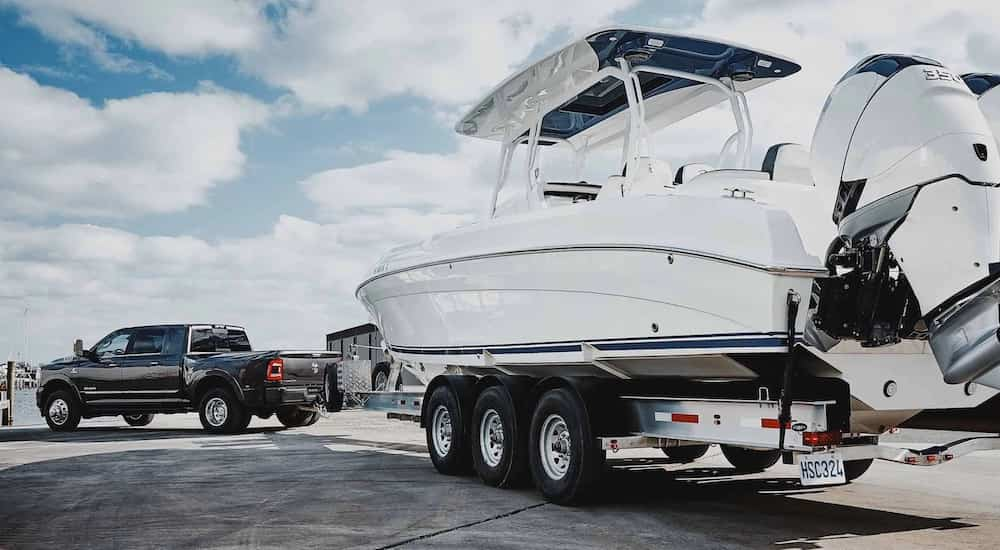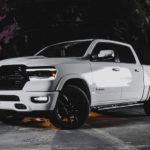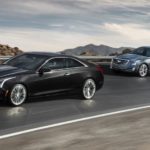When you hear “Cummins Diesel,” what comes to mind? If you said, “durability,” “torque,” or “dirty emissions,” you’d be 2 for 3. Though enthusiasts are aware that modern diesel engines burn cleaner and no longer belch plumes of sooty black exhaust, holdouts might benefit from a field trip to a local diesel truck dealer for a refresher.
Today’s diesel engines are not just cleaner; they’re more fuel-efficient and powerful. Cummins, the de facto proprietary eponym for all diesel engines (think Kleenex and tissues), is diesel engine royalty, and it’s all thanks to a farm kid named Clessie and a Dutch engine company that sparked his curiosity. Add one wealthy banker and a dash of chutzpah, and the Cummins Engine Company was born.
From its humble roots in agriculture to its standing as a Fortune 500 multinational conglomerate today, Indiana-based Cummins, Inc. tells a classic tale of American innovation and dogged perseverance. But first, the company had to survive the Great Depression and gain a foothold in the fledgling motor car industry. Armed with early Dutch diesel technology and a little luck, Clessie Cummins set out to prove his theory that diesel engines belonged under the hood of cars and trucks, and prove it he did.
Clessie Who? How Cummins Got Its Start
What were you doing when you were 11 years old? If you’re Indianan Clessie Lyle Cummins, you’re building a working steam engine to pump water for your family’s farm. Cummins, a lifelong tinkerer and inventor, would go on to serve as a chauffeur for wealthy investor and U.S. Department of Commerce director William Irwin. Together, this unlikely pair would eventually found a tiny engine company in Indiana.
It all started in 1918 when Cummins saw his first diesel engine, built by Dutch manufacturer Hvid. After some correspondence, he secured licensing, and with backing from Irwin, began building and distributing Hvid agricultural engines in the U.S. His engines were first sold via the Sears catalog, but the retailer’s generous return policy eventually led to a warehouse full of heavily used engines returned by farmers—and zero profits.
Undeterred, Cummins set his sights on the automotive industry, and a series of bold publicity stunts followed. Cummins installed his engine into a Packard sedan and drove 800 miles to New York City, determined to present it at the New York Auto Show. He averaged 26 mpg on his journey, burning only 30 gallons of diesel fuel. His hopes were dashed when the show managers failed to let him display, so he fielded inquiries from a parking space across the street.
Though his exploits received little attention, Cummins stayed the course. He equipped a truck with a 125-horsepower motor, loaded it with 16,750 lbs of payload, and drove it for a week nonstop (14,600 miles) at the Indy racetrack, proving the engine’s exceptional durability and toughness in a highly visible way. By 1935, Cummins was building lightweight six-cylinder engines capable of reaching a top-end speed of 90 mph—and seeking an auto manufacturer willing to buy them.
A Rise to Greatness Starts with the Model A
Officially, the Model A diesel engine marked Cummins’ transition into automobiles. It was a lightweight six-cylinder version with an aluminum block and head that replaced the heavier cast iron assembly. The 377 cu.in. engine made 85 horsepower, and on a 3,774-mile coast-to-coast road test under the hood of a 1934 Auburn sedan, it achieved 40.1 mpg of fuel economy. Cummins was rumored to spend less than $8.00 total for gas on the cross-country journey.
Alongside his attempts to enter the automotive engine market, Cummins was also busy tearing up the racetrack. He unofficially used his time at the Indianapolis Motor Speedway for R&D, logging over 13,000 test miles on the Model U engine in a single year. Word spread, and after his Model A Duesenberg finished 13th in the 1931 Indy 500 with no pit stops, the industry took notice. Sadly, his race cars never finished first, and in 1952, after a series of disappointing results, Cummins abandoned racing altogether.
Cummins went on to focus on heavy-duty truck engines, selling to European manufacturer Kenworth and supplying diesel engines to the U.S. government during World War II. HD trucks were an ideal fit for diesel engines because of their low torque range and durability. Clessie Cummins officially stepped down in 1955, handing the reins to his brother. He passed away in 1968 at the age of 80, ending an era of design innovation and entrepreneurial spirit. His brother then ushered in a period of rapid growth for the Cummins Engine Company.
In 1989, a momentous partnership was born. It was then that Dodge officially contracted with Cummins to purchase diesel engines for its light-duty Dodge Ram pickup. The automaker’s original projection was for 20,000 Cummins Diesel engines, but by 1991, that number ballooned to nearly a million. From there, Cummins, Inc. experienced exponential growth, expanding globally and dominating the diesel engine market. Cummins remains the sole diesel engine supplier for Ram Trucks even today.
Celebrating Its Centennial: 100 Years in 2019
Today, Cummins, Inc. owns 37.5% of the heavy-duty diesel market. It’s the largest truck engine manufacturer on the planet, with $23 billion in sales and 60,000 employees worldwide. Currently, the Cummins 6.7-L Turbo-Diesel is the strongest powertrain option for the Ram pickup. However, the company’s reach extends to multiple industries, including marine, RV, industrial, and agricultural. Products include engines, components, and generators for home and commercial applications.
The company is at the leading edge of zero-emissions technology, alongside big global auto manufacturers like General Motors and Stellantis. In 2020, French railway manufacturer Alstom launched the first-ever hydrogen fuel cell-powered passenger trains, complete with Cummins fuel cells. Sustainability is at the heart of the company’s Destination Zero strategy. It’s partnering with municipalities to deliver clean technology solutions and has set long-term goals to reduce greenhouse gasses.
Still, despite all the innovation and sustainability efforts, building cleaner diesel engines is the company’s central focus. The rugged lineup of fuel-efficient Cummins Diesel engines includes applications in medium- and heavy-duty commercial trucks, along with light-duty vans, pickups, and SUVs. No other diesel engine manufacturer comes close to Cummins in either durability or sales success. And to think, it all started in the cornfields of Indiana, with a curious 11-year-old farm kid and a steam engine.
Real-World Applications: The Ram HD Pickup
For 2022, Ram offers its one-ton 3500HD with three available powertrains, two of which are Cummins Diesels. The first might sound familiar to diesel enthusiasts: it’s the 6.7-L Turbo-Diesel Inline Six-Cylinder, mated to a six-speed automatic transmission. The engine is capable of towing 22,670 lbs and hauling 6,840 lbs of payload—thanks to a beefy 850 lb-ft of torque.
The news gets better still with an available High-Output version of the same Cummins Diesel engine. It makes a class-leading 1,075 lb-ft of torque, increasing max towing capability to 37,090 pounds. The High-Output motor pairs with an Asian six-speed automatic transmission, which Ram has upgraded to increase durability and smooth out the shifting characteristics.
All that power begs the question: Is there a ceiling? The R&D team at Cummins would probably say no. As engines become lighter and more powerful, they’re capable of delivering unthinkable specifications more efficiently than ever before. You can bet Cummins will remain at the forefront of clean diesel engine technology—even as we head into a zero-emissions future.
